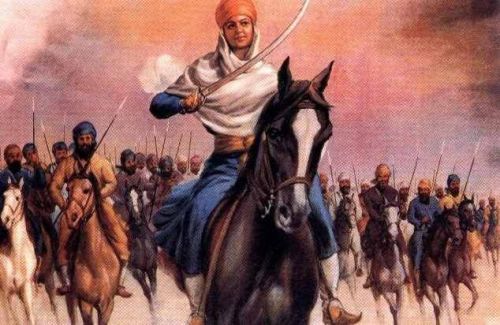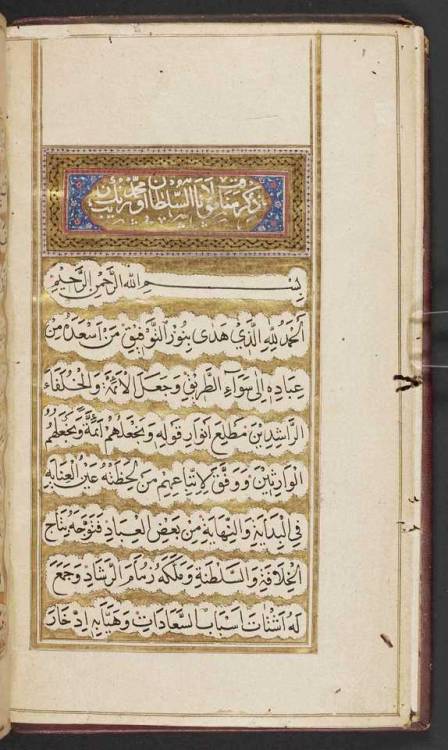#aurangzeb
Mai Bhago, also known as Mata Bhag Kaur, was a Sikh woman who fought against the Mughal Empire in the early 18th century.
Mai Bhago was born in the village of Jhabal Kalan in the Punjab region of northern India, were in addition to being taught Sikh traditions she was trained by her father in horse riding and martial arts. She was a young woman during the period when oppression of Sikhs by the Mughal Empire was at its height. During 1704-05, the expansionist Mughal Emperor, Aurangzeb, invaded Sikh territory with an army of 16,000 troops and laid siege to the Sikh capital of Anandpur Sahib.
During the siege the Sikh leader, Guru Gobind Singh Ji, was abandoned by 40 of his elite warriors. Many of these men came from the region that Mai Bhago lived in and according to some accounts one of the deserters was her own husband. Outraged by this betrayal, Mai Bhago took her own horse, armour, and weapons and left home to track down the deserters. She went to their homes and persuaded their wives not to give their husbands shelter. Some of the women even armed themselves and joined Mai Bhago, pledging to fight for the Guru if their husbands would not. Shamed by this, the 40 deserters agreed to return to service with Mai Bhago.
During this time the Guru had escaped from the siege of Anandpur and was in retreat with his army. On 29th December 1705, Mai Bhago’s small force helped to cover the Guru’s retreat at the Battle of Muktsar. Knowing that the pursuing Mughals would need water she set up camp at the Khidrana reservoir, erecting numerous empty tents and clothes lines to make it appear as if a larger army was encamped there. When the Mughal army attacked the empty tents Mai Bhago’s force ambushed them and in spite of being heavily outnumbered managed to push the Mughals back after intense fighting. Although victorious, Mai Bhago was the only Sikh survivor of the battle.
After the battle Mai Bhago joined up with the Guru’s army and became his bodyguard. After the Guru’s death in 1708 she retired to Jinvara, where she lived to an old age. Today she is remembered as a Sikh heroine whose actions served to ensure the survival of her faith.
Post link
Recently digitised: Eighteenth-century manuscript in Arabic described as ‘an enumeration of the acts of piety of the Sultan Aurangzib [sic], and his observance of the tenets of the Muslim faith’.
Aurangzeb (1618-1707) was the sixth Mughal emperor, who reigned from 1658 until his death at the age of 89.
The manuscript, comprised of 36 leaves with fine calligraphy framed within gilt borders, was donated to the Library by K. A. Webster in July 1962.
Dhikr Managib al-Sultan Muhammed Aurank Zib, [1722], (188 x 110 mm), Alexander Turnbull Library, MSR-29.
Post link


